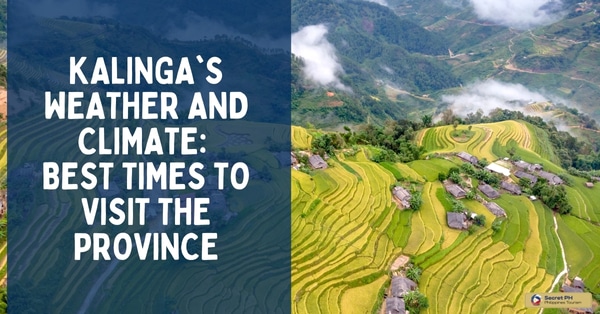The Philippines has a wide range of emergency services available, including police, fire, and medical services. However, the system can be difficult to navigate due to language barriers and a lack of standardization in emergency phone numbers.
Navigating the emergency services system in the Philippines can be a daunting task, but there are resources available to help you get through it. In case of an emergency, dial 911 or the local police hotline, which is the national emergency number.
With a better understanding of the complex network of government resources available in the country, individuals will be in a better position to access help quickly and successfully during critical times.
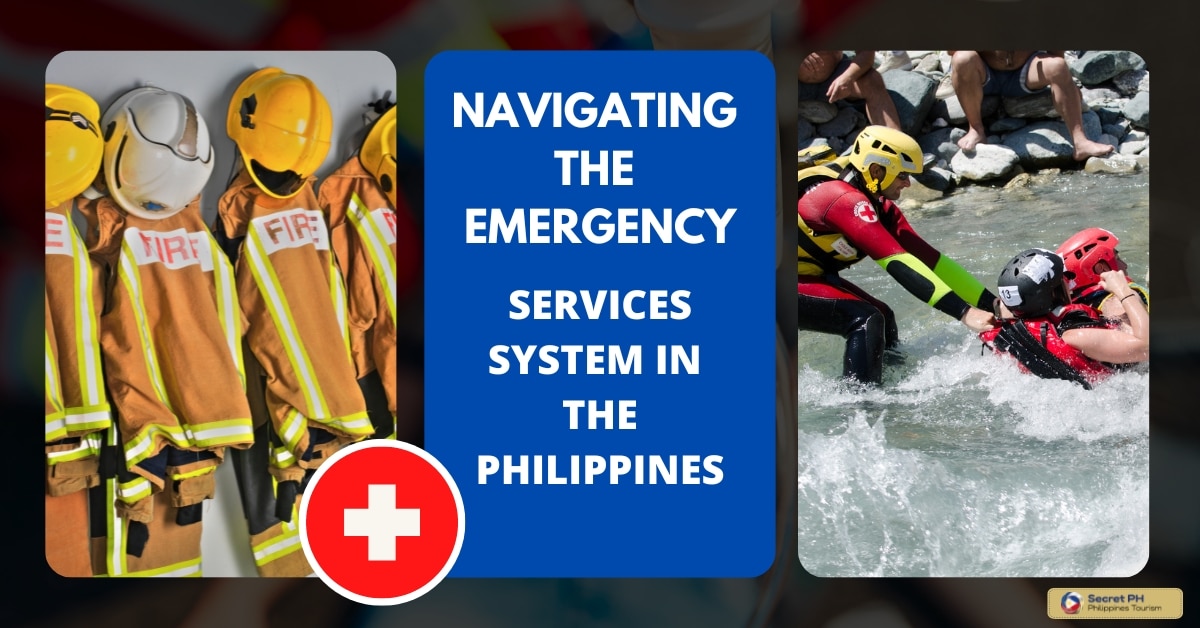
Understanding the Emergency Services Available in the Philippines
In the Philippines, emergency services are provided by a variety of organizations, including the Philippine National Police (PNP), the Bureau of Fire Protection (BFP), and the Philippine Coast Guard (PCG).
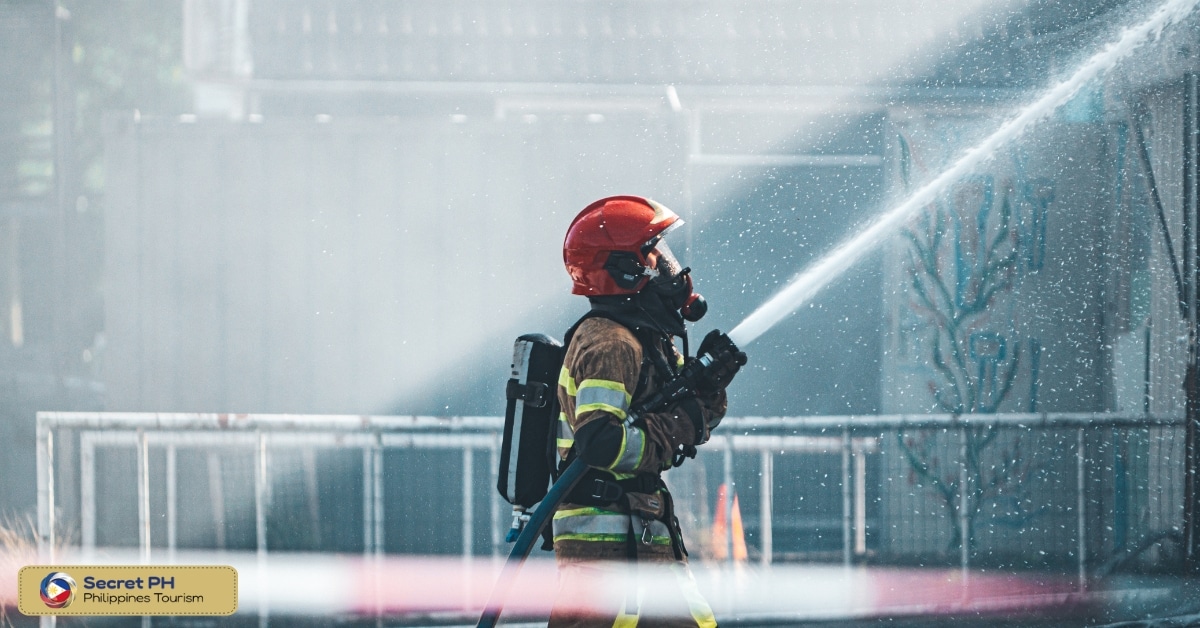
The PNP is responsible for responding to all types of emergency situations, including crime, accidents, and natural disasters. They can be reached by dialing 911 or through the “Patrol 117” emergency hotline.
The BFP is responsible for responding to fires and other emergency situations that threaten life and property. They can be reached through the “911” emergency hotline.
The PCG is responsible for maritime emergencies, such as shipwrecks, search and rescue operations, and oil spills. They can be reached through the “137” emergency hotline.
In addition to these government-run emergency services, private organizations such as the Red Cross also provide emergency medical services in the Philippines.
It’s important to note that the emergency services system in the Philippines may have some limitations and challenges.
For example, emergency response times may vary depending on the location and availability of resources, and language barriers may exist when communicating with emergency services.
Additionally, during natural disasters, the emergency services system may become overwhelmed and unable to respond promptly, so it is important to have a plan in place and be prepared to take action on your own if necessary.
| Emergency Service | Contact Number | Responsibilities |
|---|---|---|
| Philippine National Police (PNP) | 911 or “Patrol 117” | Responding to all types of emergency situations including crime, accidents, and natural disasters |
| Bureau of Fire Protection (BFP) | 911 | Responding to fires and other emergency situations that threaten life and property |
| Philippine Coast Guard (PCG) | 137 | Responding to maritime emergencies such as shipwrecks, search and rescue operations, and oil spills. |
| Red Cross | 143 | Emergency medical services, disaster response, and management |
Navigating Emergency Services in Rural and Remote Areas of the Philippines
Navigating emergency services in rural and remote areas of the Philippines can be challenging due to limited infrastructure and resources. Some of the challenges faced in these areas include:
- Limited or no access to emergency hotlines: In rural and remote areas, telephone and internet connectivity may be poor, making it difficult to contact emergency services using traditional methods.
- Limited emergency response capabilities: Emergency services in rural and remote areas may be limited in terms of personnel, equipment, and resources. This means that response times may be slower and the services provided may be less comprehensive.
- Language barriers: In some rural and remote areas, the local population may not speak the national language (Filipino or English) fluently, making communication with emergency services difficult.
- Transportation challenges: Rural and remote areas may have poor road infrastructure and limited access to transportation, making it difficult for emergency services to reach the affected area.
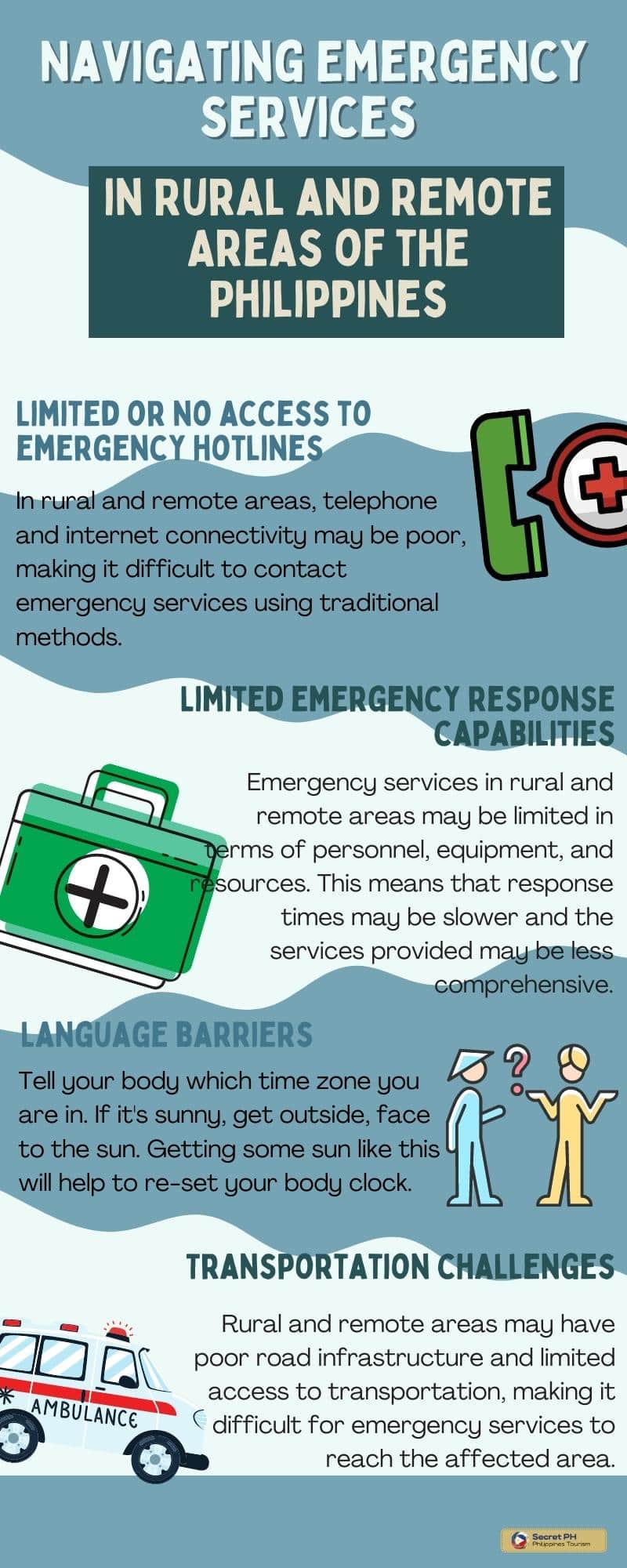
It is important for residents of rural and remote areas to have a plan in place for dealing with emergencies. This may include:
- Identifying and sharing emergency contact information with neighbors and community members
- Identifying safe areas to take shelter in case of natural disasters
- Stocking emergency supplies and having a basic first aid kit on hand
- Having a plan for evacuation if necessary
It’s also worth noting that some government and non-government organizations, such as the Philippine Red Cross, have been working to improve emergency services in rural and remote areas through training and providing equipment and resources.

Tips for communicating with emergency services in the Philippines
When communicating with emergency services in the Philippines, it’s important to be aware of potential language barriers and other challenges that may arise. Here are some tips for communicating effectively with emergency services in the Philippines:
- Speak clearly and calmly: When calling emergency services, it’s important to speak clearly and calmly. It is to ensure that the operator understands the nature of the emergency and your location.
- Speak in Filipino or English: The national languages of the Philippines are Filipino and English, and most emergency services operators are able to understand and speak these languages.
- Provide your location: Emergency services need to know your location in order to dispatch help. Be prepared to provide your address or a nearby landmark. If you are calling from a mobile phone, the operator may be able to locate you using GPS.
- Be patient: Emergency services in the Philippines may be overwhelmed during high-stress situations, such as natural disasters. Be patient if the operator is unable to respond immediately or if the call is disconnected. Keep trying to call until you get through.
- Follow the operator’s instructions: Emergency services operators are trained to provide instructions on what to do in an emergency. Follow their instructions carefully and ask for clarification if you don’t understand.
- Have an emergency contact list: Make sure that you and everyone in your household have a list of emergency contact numbers, including emergency hotlines, medical facilities, and family members who live nearby.
- Be prepared for a language barrier: If you are living in an area where there are many language dialects and you are not fluent in the local language, try to learn some basic phrases that you can use in an emergency situation, such as “Help me”, “I am hurt” or “I need an ambulance”.
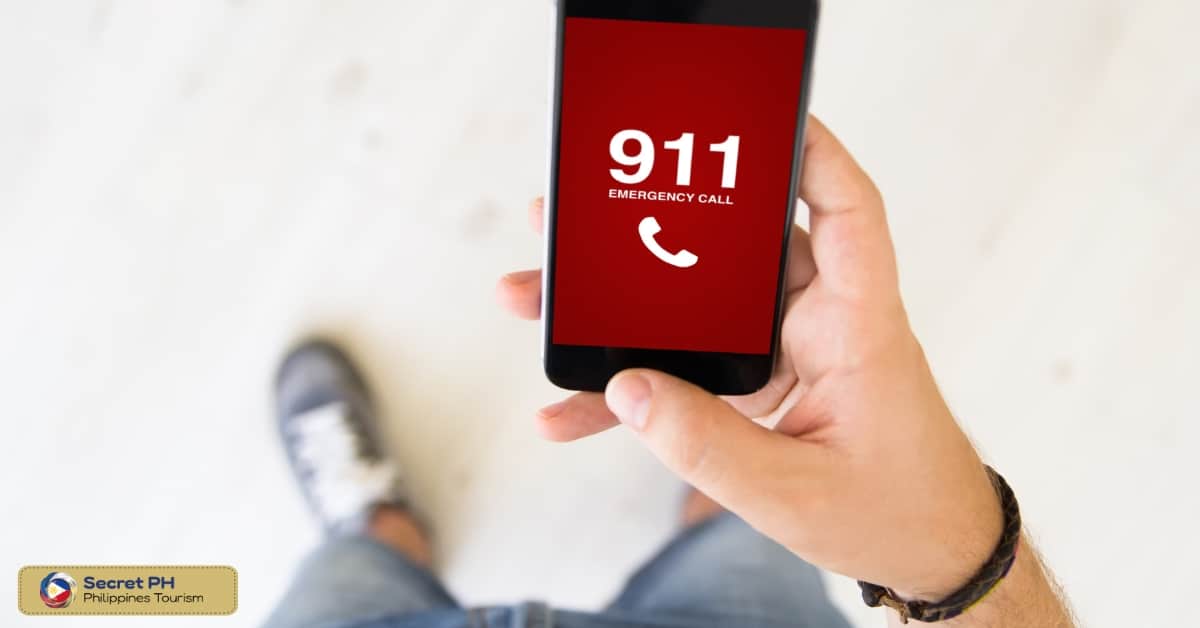
Preparing for Emergencies and Natural Disasters in the Philippines
The Philippines is prone to natural disasters such as typhoons, floods, landslides, and earthquakes. Preparing for these emergencies can help ensure the safety of you and your loved ones. Here are some tips for preparing for emergencies and natural disasters in the Philippines:
- Create a disaster plan: Develop a plan with your family on how to respond to different types of emergencies and natural disasters. It also includes evacuation routes and designated meeting places.
- Have emergency supplies on hand: Keep a supply of food, water, first aid supplies, flashlights, and a battery-powered radio on hand in case of power outages.
- Stay informed: Stay up-to-date on the latest weather and disaster information from local authorities and news outlets.
- Secure your home: Make sure that your home is secure and that potential hazards such as loose roofing and falling debris are addressed.
- Identify safe areas: Identify safe areas in your home or community where you can take shelter in case of natural disasters.
- Learn first aid: Learn basic first aid techniques so that you can provide assistance in case of injuries.
- Be prepared for evacuation: Be prepared to evacuate if necessary. Keep important documents, such as IDs and insurance papers, in a safe, easily accessible place.
- Be aware of emergency hotlines: Be aware of the emergency hotlines available in your area. Keep a list of them in a visible place in your home or office.
By taking the time to prepare for emergencies and natural disasters, you can increase your chances of staying safe and getting the help you need in case of an emergency.
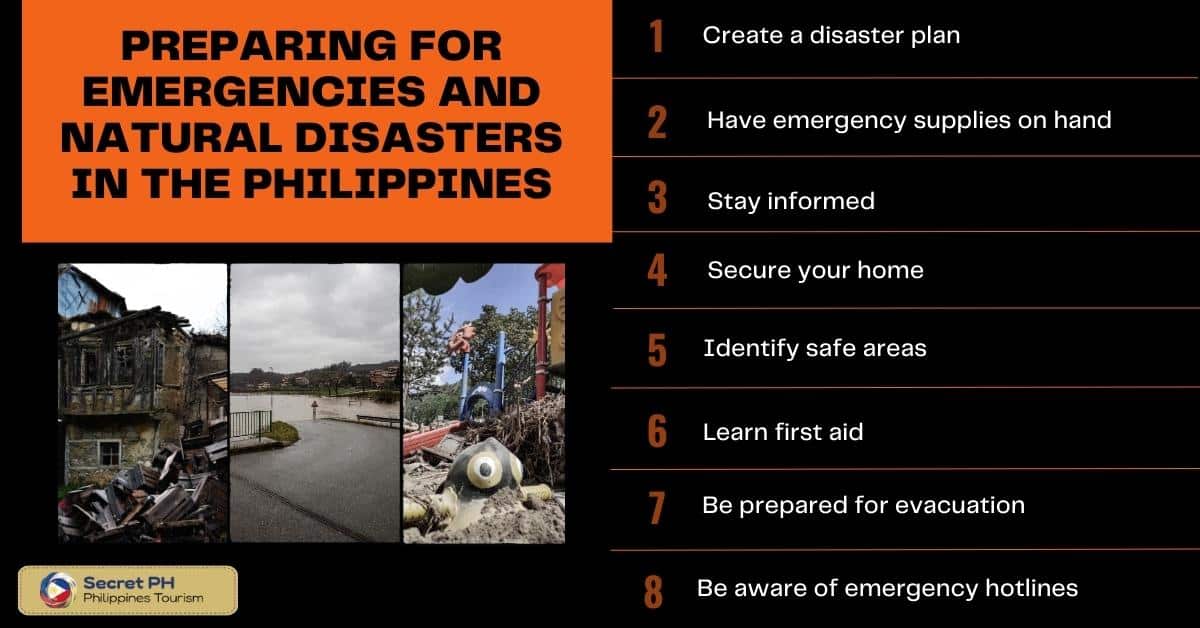
In conclusion
The emergency services system in the Philippines is a complex one. Yet, navigating it has been made much easier using the information available online.
Understanding how to access these services is key for anyone living or visiting the country. It requires careful research and knowledge of available resources, accessing medical, police, fire, and other such services. As such, it can be managed quickly and without difficulty.

